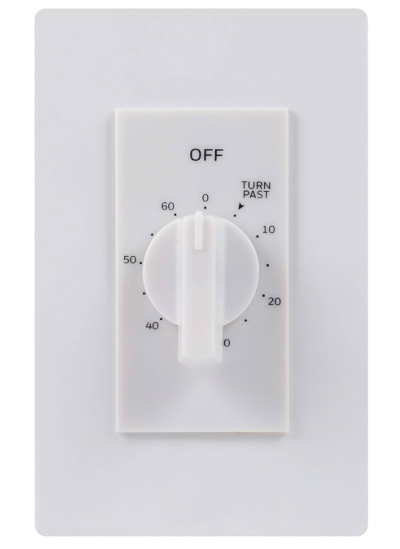TrawlerDavid
Member
- Joined
- Feb 9, 2024
- Messages
- 21
Great news. We completed the hull and engine survey, sea trial, and oil samples on the 1976 GB last week, and she is is in excellent shape mechanically. There are a number of maintenance and upgrade items but nothing unexpected, so I willl become the proud new owner next week and am very excited.
The survey noted that the propane tanks are under the port seat locker and vent into the area under the upper helm, and that the propane shut-off is the older manual valve in the ceiling that is prone to leaks. I just got an email from the underwriter requiring that the propane locker and system be upgraded as a condition of insurance, and I was going to address it anyway.
My initial thought would be to install a new propane locker where the tanks are now, and to replace the manual valve with a solenoid and control panel in the galley. Both of my prior sailboats had this set up and I liked it.
I'm seeking advice from other classic GB 36 owners who may have also updated their propane systems. Did you continue to use the port seat locker on the flybridge as the best place for the propane tanks, or is there a better location. Did you add a new fiberglass propane locker or continue to use the seat locker without that modification? How did you vent the locker ? Any other thoughts on how to make the propane system safe and user-friendly in the galley? Thanks, as always, for the courtesy of sharing your knowledge.
The survey noted that the propane tanks are under the port seat locker and vent into the area under the upper helm, and that the propane shut-off is the older manual valve in the ceiling that is prone to leaks. I just got an email from the underwriter requiring that the propane locker and system be upgraded as a condition of insurance, and I was going to address it anyway.
My initial thought would be to install a new propane locker where the tanks are now, and to replace the manual valve with a solenoid and control panel in the galley. Both of my prior sailboats had this set up and I liked it.
I'm seeking advice from other classic GB 36 owners who may have also updated their propane systems. Did you continue to use the port seat locker on the flybridge as the best place for the propane tanks, or is there a better location. Did you add a new fiberglass propane locker or continue to use the seat locker without that modification? How did you vent the locker ? Any other thoughts on how to make the propane system safe and user-friendly in the galley? Thanks, as always, for the courtesy of sharing your knowledge.

